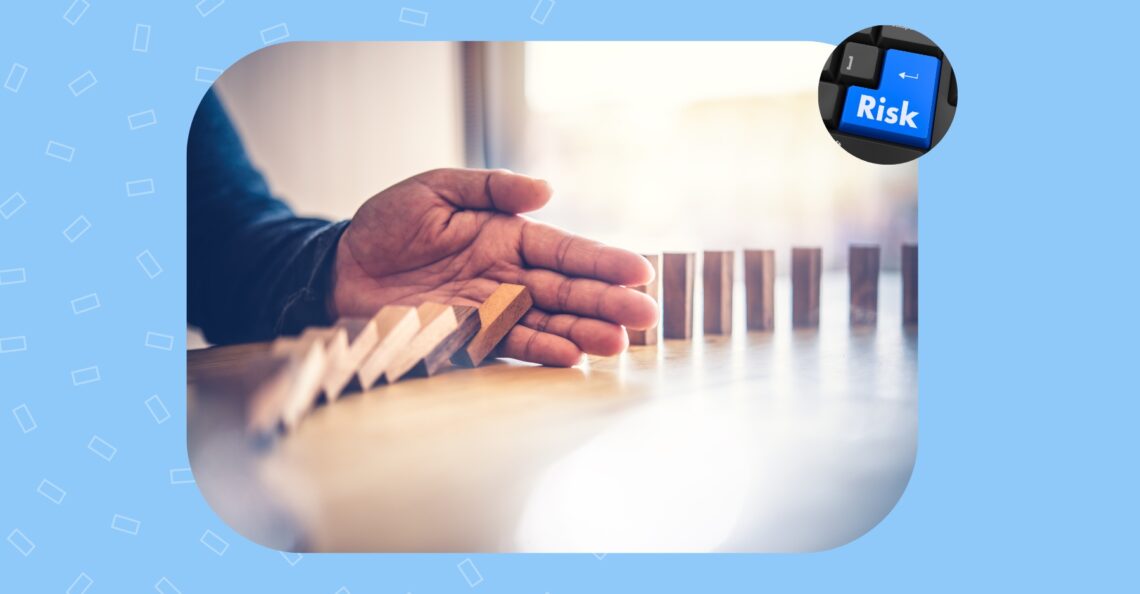Your business’s online reputation management is your bread and butter. Your brand reputation management should be your #1 marketing priority. It takes years to build and only takes seconds to destroy. In our digitally connected world, information spreads like wildfire.
Reputational risk is the potential harm to an organization's credibility. It occurs when actions, events, or circumstances lead to a negative perception that can damage one's reputation.
Mistakes that threaten a business’s good reputation leave lasting effects. This constant threat to your brand’s name is known as reputational risk. Understanding reputational risk and how to manage it effectively can safeguard your business.
We will break down how to measure reputation risk, strategies for identifying vulnerabilities, and what you can do to protect your reputation in this blog.
Table of contents
- What is reputational risk?
- What are the factors that damage your reputation?
- 3 Real-world reputational risk examples
- How does reputation management software mitigate reputational risks?
- How to measure reputational risk?
- Can AI help to reverse a damaged reputation into a positive online reputation?
- How can reputational risk be managed?
- FAQs on reputational risks
- Improve your online reputation management with Birdeye
What is reputational risk?
Reputational risk is potential damage to an organization’s image caused by negative publicity, scandals, or crises that can impact revenue, brand value, and stakeholder loyalty.
A company’s reputation is shaped by public opinion. Customers, partners, investors, and the public shape how they feel about a company and its services.
Even small mistakes can damage brand perceptions. A poor reputation creates a far-reaching fallout throughout your organization.
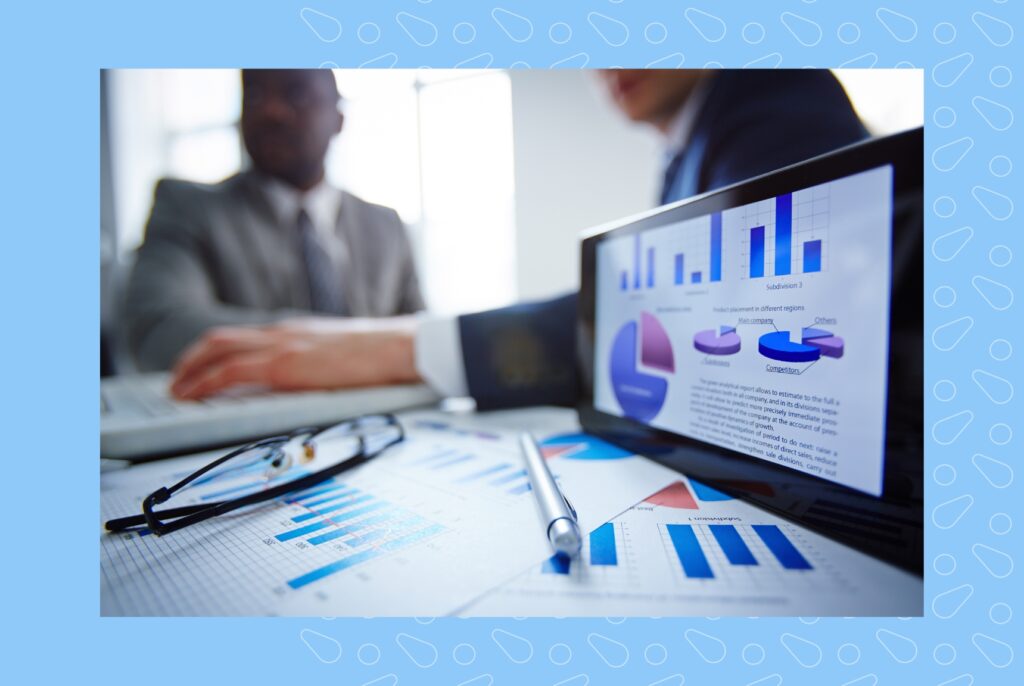
What are the indicators of reputational risk?
Here are some key reputational risk indicators. Monitoring these indicators can help identify and mitigate emerging reputational risks proactively:
- Negative media coverage
- Social media backlash
- Ethics scandals
- Data breaches and cyberattacks
- Lawsuits and legal issues
- Leadership crises
- Culture problems
- Poor financial performance
- Poor product quality
- Regulatory noncompliance
What are the factors that damage your reputation?
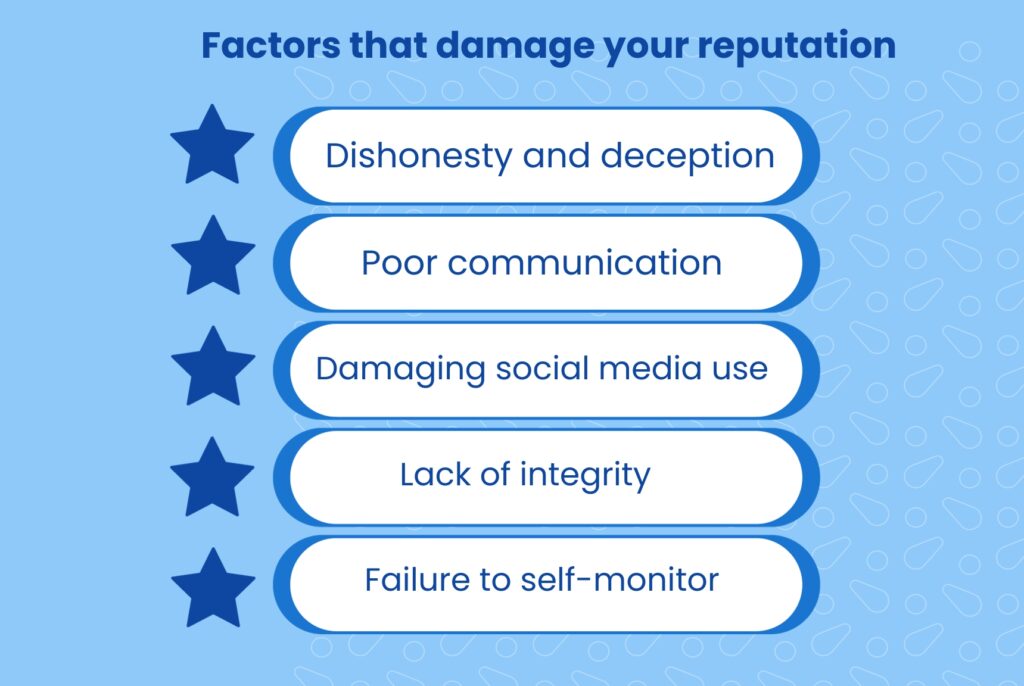
Your reputation is your lifeline. Once it’s damaged, your relationships with consumers take a hit. Managing your reputation isn’t a luxury. It’s a need. Know the following pitfalls that can negatively impact how others perceive you and your brand:
1. Dishonesty and deception
Being deceptive and falsifying facts, even about small matters, can undermine customers’ trust. Lying and cheating is a surefire way to damage your reputation.
2. Poor communication
Things can fall apart if you don’t communicate clearly. Being unclear, rude, or failing to listen to your customers leads to silent phones and poor sales. You’ll earn a bad reputation if you alienate your customers with poor communication.
3. Inappropriate or damaging social media use
Social media marketing is an art. And many companies have dug their own graves by sharing posts that miss the mark. Inappropriate social media content will damage your brand and your social media reputation.
4. Lack of integrity
Using your position to benefit unethically can quickly lead to a damaged reputation. Any actions that lack moral integrity affect how the consumer views your services and their purchasing decisions.
5. Failure to self-monitor
Public sentiment around issues and content is constantly shifting. Don’t fail to monitor the dynamic between the public, trends, and your business. Doing so will surely misstep and damage your brand’s reputation.
3 Real-world reputational risk examples
Reputational risk is a hazard for any brand. These real-world reputational risk examples will show you how easily companies damage their public image and customer trust.
#1. Nike and Asian Factory Workers
In 1991, activist Jeff Ballinger released reports detailing the poor working conditions and low wages at some of the Indonesian factories for Nike. Workers regularly put in grueling 60-plus-hour weeks. Yet they still earned a measly 14 cents an hour.
Some factories also didn’t have basic safety services. The public outrage damaged Nike’s image. And consumers saw that the brand didn’t care about ethical labor standards. Nike sales fell.
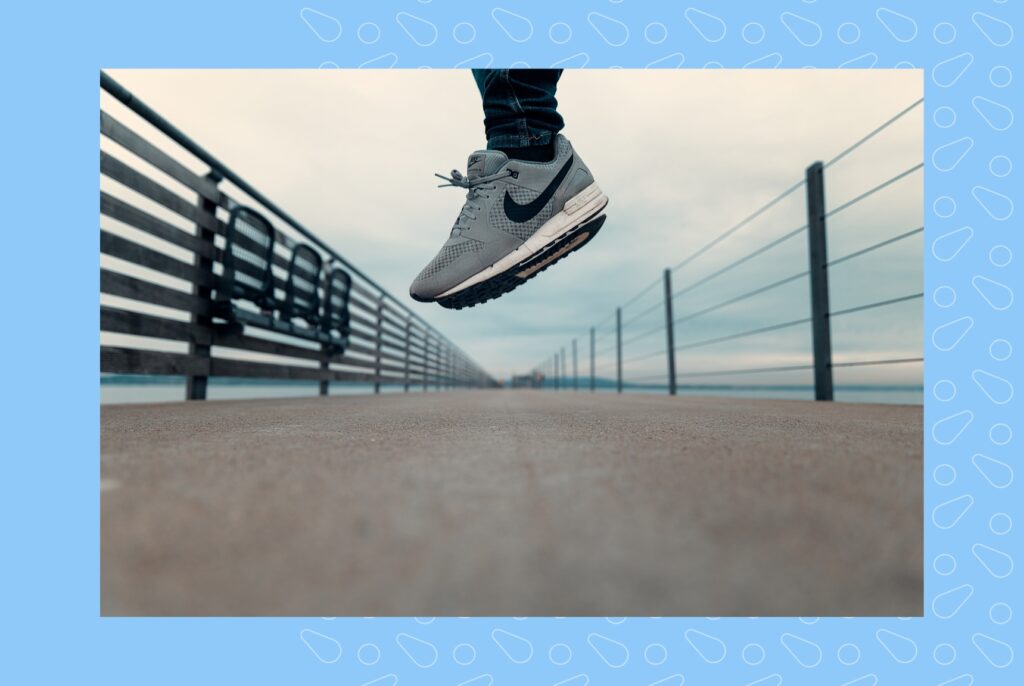
Nike didn’t learn its lesson and continued to exploit workers. As the company celebrated 30 years of its “Just Do It” slogan, people protested that it was still underpaying its workers. This outcry saw the brand’s reputation drop. And some people even burned Nike products to show dissatisfaction.
#2. United Airlines
In April 2017, United Airlines suffered reputation risk because a video showed three Chicago Department of Aviation security officers harassing an elderly man. The video showed the officers dragging a 69-year-old Asian American passenger from his seat onboard a United Express flight at O’Hare International Airport in Chicago.
The passenger suffered a concussion, a broken nose, and lost two front teeth. The incident became a global news story. Within days, United’s stock price dropped by about $1 billion. The CEO resigned within a month due to public pressure. United Airlines is still working to repair its image on its services and passenger treatment.

#3. Facebook
In March 2018, around 87 million Facebook users found their data had been improperly shared with a UK political consulting firm during the 2016 US presidential election. This was a massive breach of trust.
Facebook stock plunged by over $40 billion. Many companies and political leaders also called for greater accountability from the platform on data use and misinformation controls.
Rebuilding user trust around data privacy and platform integrity remains a challenge to this day. This is perhaps one of the biggest reputational risk examples that a company has ever faced.
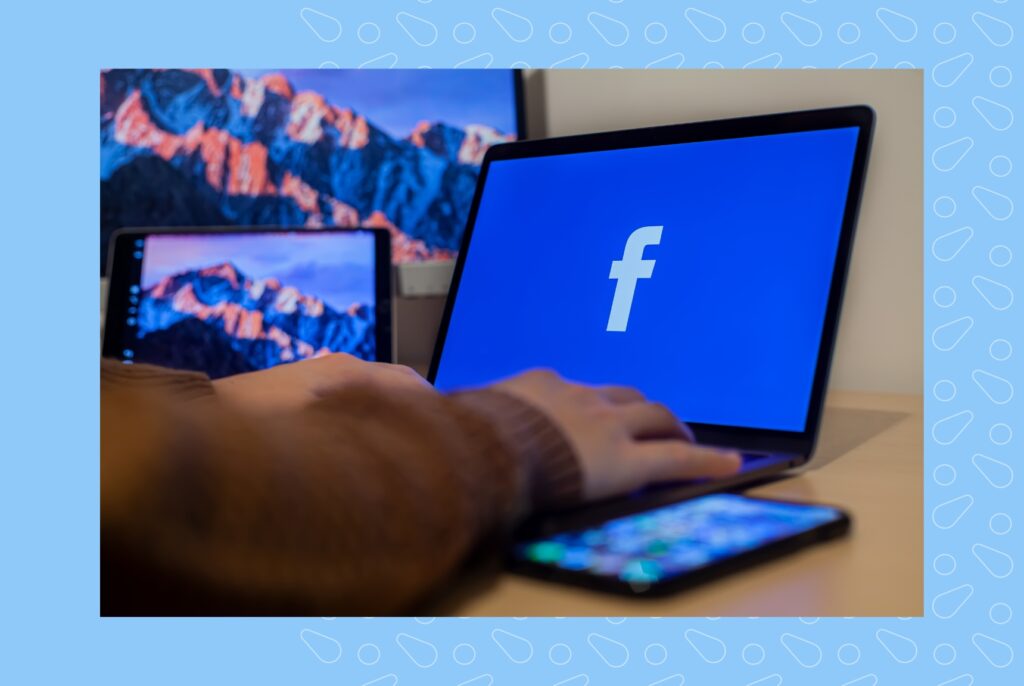
How does reputation management software mitigate reputational risks?
Reputational risk puts every aspect of a business at risk, from customer service to sales. With reputation management software, you can monitor, analyze, and improve your online reputation. You can stay ahead of potential issues and solidify a positive brand image.
Let’s explore how to measure reputational risk in different sectors. After all, it’s not all doom and gloom. Online reputation management can turn sticky situations into success stories.
What is reputational risk in customer service?
Poor customer experiences will tank your brand’s reputation. This could be slow response times, rude or unhelpful behavior, or product/service failures.
Dissatisfied customers frequently take to online review sites and social media. There, they trumpet their frustrations and influence potential buyers.
- Online reputation management software monitors customer feedback across numerous online channels to spot complaints early.
- It alerts customer service to priority issues. They can then quickly address problems and put the brakes on further negative online reviews.
What is reputational risk in business development and finances?
You need to know how to mitigate reputational risk if you work with investors. Partnerships and investment deals can fall if stakeholders question a company’s financial stability or delivery ability.
Any signs of cash flow difficulties, lawsuits, leadership turmoil, and operational issues raise red flags in financial services’ online reputation management.
Online reputation management software:
- Scans for these risk factors across public records and open web sources.
- Draws all findings into risk reports that identify vulnerabilities before damage is done.
With this intelligence, management banks can take swift corrective actions or update important relationships to maintain confidence.
Preventing Reputational Risks: Best Practices & Strategies
Want to see the impact of Birdeye on your business? Watch the Free Demo Now.
What is reputational risk in marketing?
Social media has amplified how quickly brand messages can spread. An insensitive ad or poorly tested promotion can trigger public outrage within hours. Reputation management software monitors all branded conversations to keep track of controversies at inception.
The software also provides engagement insights that analyze sentiment toward reputation marketing and campaigns. With these warnings, companies can fine-tune campaigns early to avoid reputational damage.

What is reputational risk in sales?
Sales teams depend on your company’s good standing to create trust and close deals. Overpromising, supply issues, or questionable sales tactics scare customers away.
Retail reputation management software audits external sales profiles and tracks discussions between buyers and sellers.
It detects early signs of trouble that could jeopardize future sales across industries, such as real estate. To eliminate reputational risk, sales managers reinforce best practices and address potential problems.
How to measure reputational risk?
Now that we’ve identified the factors contributing to reputational risk let’s explore how to measure it effectively.
1. Media monitoring
Regularly monitor news outlets and social media for mentions of your company. Pay attention to sentiment analysis to gauge public perception.
2. Stakeholder survey
Conduct surveys with key stakeholders, including customers, employees, and investors, to gauge their perceptions of your brand.
3. Risk assessment frameworks
Utilize established risk assessment frameworks to quantify and assess reputational risk. These frameworks often consider various risk factors and their potential impact.
4. Social media analytics
Leverage social media analytics tools to track mentions, engagement rates, and sentiment trends surrounding your brand.
Once you’ve measured reputational risk, it’s essential to implement strategies for effective management.

Can AI help to reverse a damaged reputation into a positive online reputation?
Yes, AI can play a significant role in helping to reverse a damaged online reputation and build a more positive one.
Birdeye, armed with AI capabilities, can seamlessly help you elevate your online reputation by using Birdeye Review generation, management, and marketing prowess and:
- Ask for reviews before your customers leave.
- Send them straight to your favorite review site with a custom QR code.
- Personalize your review replies at scale with help from AI
- Generate tailored, error-free responses with a single click.
- Monitor reviews on 200+ sites.
- Translate reviews and replies.
- Turn reviews into ready-made social content.
Apart from these, you can integrate with over 3,000 software systems to automatically get new reviews, be found online, improve operations, and increase revenue.
How can reputational risk be managed?
Managing reputational risk is crucial for any business, as a damaged reputation can have far-reaching consequences. Here are steps to effectively manage reputational risk, along with real-life examples from a few well-known brands:
1. Establish a clear code of ethics
Step: Develop and communicate a robust code of ethics within your organization.
Example: Johnson & Johnson is renowned for its Credo, a document outlining its commitment to ethical behavior and customer safety.
2. Regularly monitor social media and news
Step: Use monitoring tools to stay aware of online conversations and news articles related to your brand.
Example: Starbucks actively monitors social media to address customer concerns and prevent potential PR issues.

3. Engage transparently and responsively
Step: In case of negative events, respond to reviews transparently and promptly to address issues and regain trust.
Example: Domino’s Pizza recovered from a reputation crisis by openly acknowledging and addressing customer complaints in a YouTube video.
4. Implement a crisis communication plan:
Step: Develop a comprehensive crisis communication plan in advance to effectively manage and mitigate crises.
Example: Toyota’s response to a major recall in 2009 showcased a well-prepared crisis management plan.
5. Quality control and product safety
Step: Ensure rigorous quality control processes to reduce the risk of product recalls.
Example: Apple maintains stringent quality control standards to prevent product defects and recalls.
6. Train and empower employees
Step: Train employees to be brand ambassadors and empower them to make ethical decisions.
Example: The Ritz-Carlton is known for empowering its staff to go above and beyond to ensure customer satisfaction, enhancing its reputation for exceptional service.
7. Regularly review and update policies
Step: Continuously review and update policies and procedures to adapt to changing risks and stakeholder expectations.
Example: Amazon consistently revises its policies to address emerging reputational risks, such as counterfeit product concerns.
Setting excessively low pricing for our products may pose a significant reputational risk, as customers might perceive it as a sign of compromised quality or unethical business practices. Read more about pricing strategy in our 11 Pricing strategy explained: Examples + tips blog.
FAQs on reputational risks
You can break reputation risk down into four key steps. These are the identification, assessment, mitigation, and monitoring of risks.
It all comes down to integrity and ethics. Build trust through transparency, responsible business practices, and strong customer service standards. This proactive approach helps craft a strong, resilient reputation.
Keep a close eye on customer feedback, online reviews, and comments on social media and review sites. Also, keep track of any negative social media coverage, product issues, or compliance breaches.
Reputational risk management is identifying, assessing, and applying strategies to respond to potential threats to a company’s reputation.
Improve your online reputation management with Birdeye
Your business’s reputation is undoubtedly the cornerstone of your success. And since you can’t get by without an online presence, you can ensure public sentiment towards your company remains favorable by managing reputational risks.
Birdeyes’s reputation management software can help you monitor customer feedback, manage online reviews, and respond to comments.
We help you strengthen customer relationships and solidify your brand as trustworthy and reputable. Click on the banner below to learn more.

Originally published
